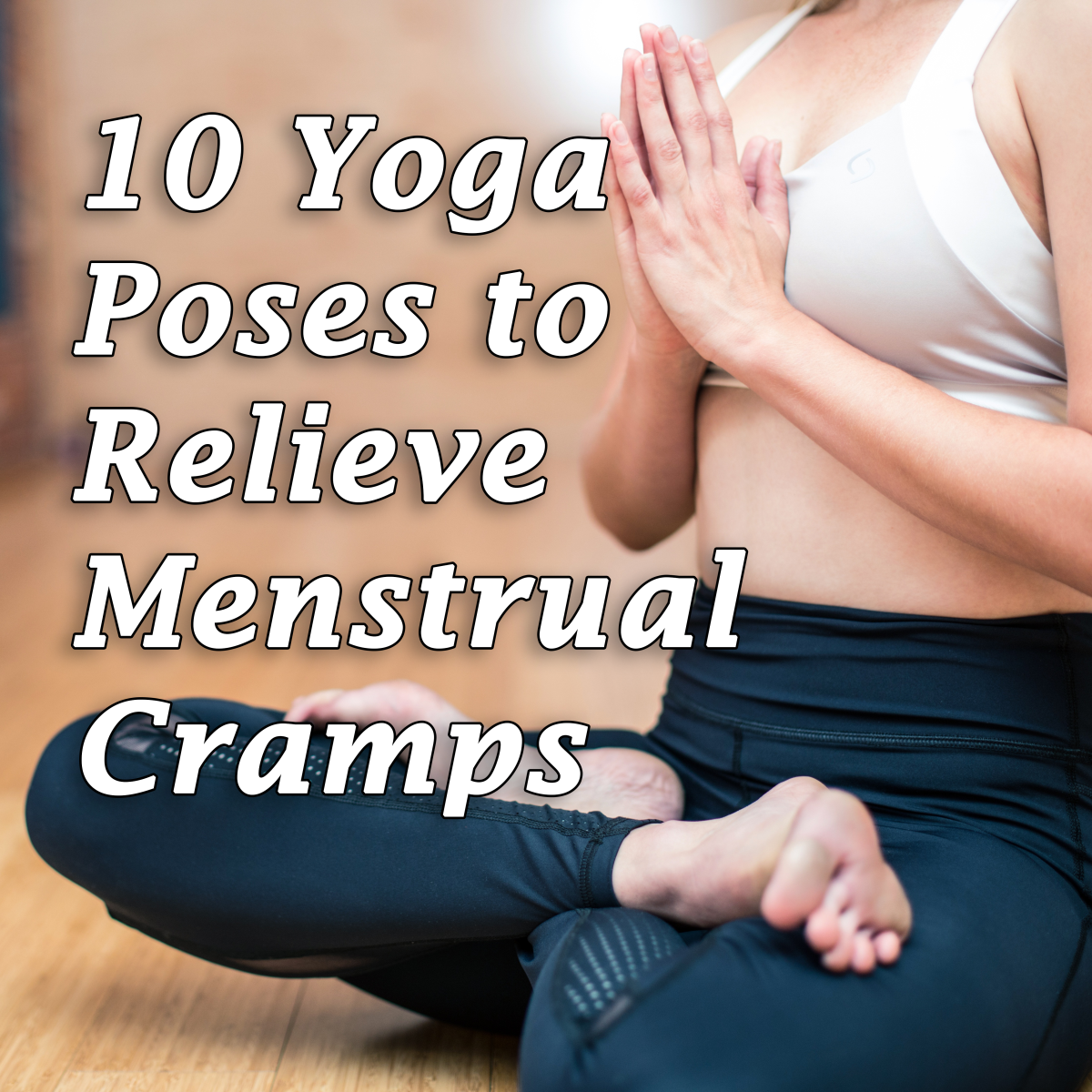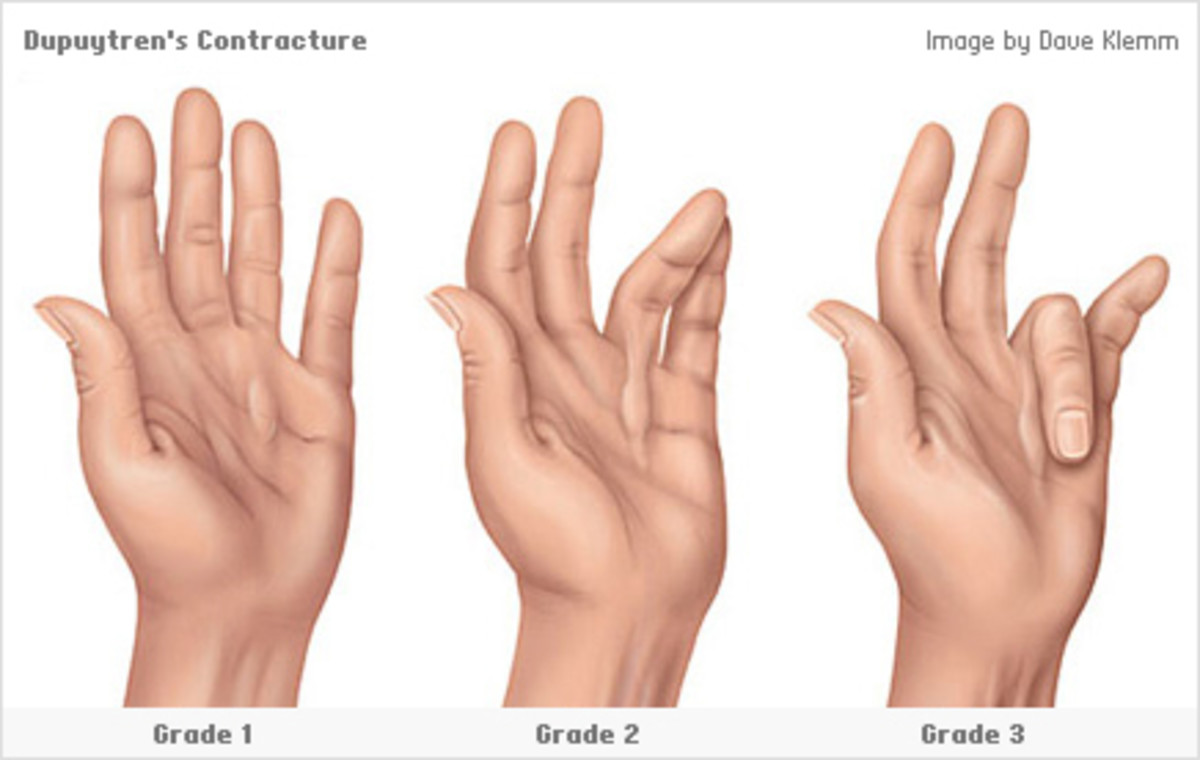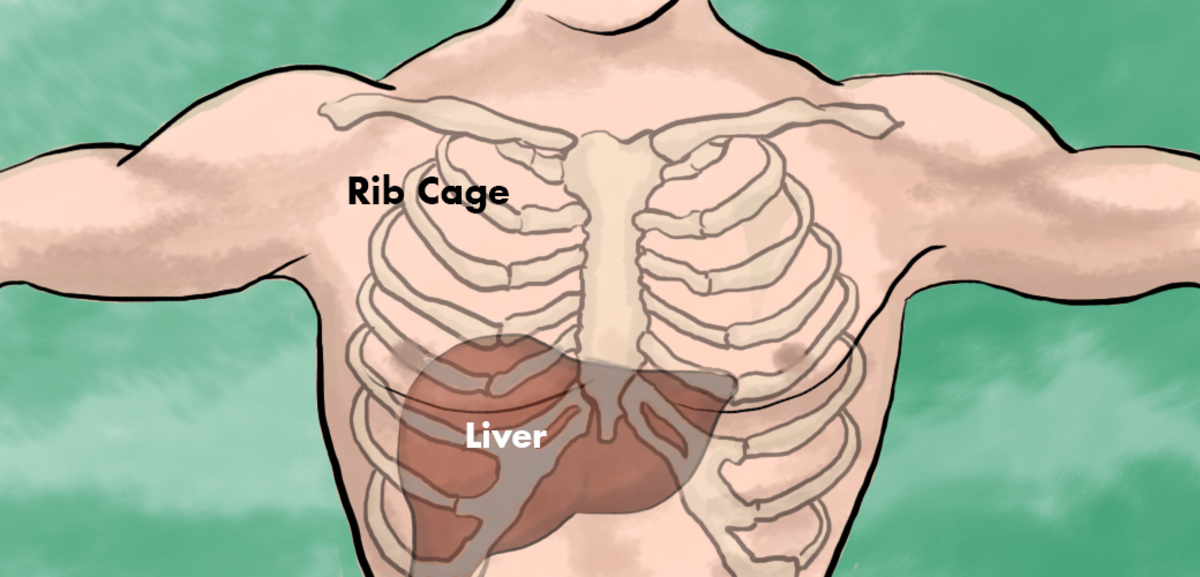- HubPages»
- Health»
- Diseases, Disorders & Conditions»
- Chronic Pain
Menstrual Pain

Why do women have menstrual pain?
During the menstrual cycle, the lining of the womb is being shed and sometimes the muscular wall of the womb contracts. This results in the release of chemicals in the body which triggers pain. This is usually felt as painful muscle cramps in your lower tummy, which can sometimes spread to your back and thighs. The pain varies with each cycle- at times, it may come in intense spasms, while at other times the pain may be dull but more constant. The medical term for period pain is dysmenorrheal. Apart from felling pain in your abdomen, you may also experience other symptoms such as:
- Headaches
- Nausea
- Tiredness
- Light-headedness
- Dizziness
- Diarrhea
Period pain is very common. Up to 75% of women were reported to be suffering from menstrual cramp. One in five women experience pain so severe that it stops them from doing their daily activities. Speak to your doctor if you are one of them.
How Long does menstrual pain usually last?
The pain usually starts at the beginning of the menstrual cycle and normally last for 12-24 hours, although in more severe cases it may last for several days.
Are you suffering from menstrual pain every month?
What are the treatment options for menstrual pain?
Mild menstrual pain can usually be managed with self-medication at home. However, if your pain persists or becomes more severe and is affecting your usually activities, you should see your doctor.
There are a number of treatments that may help with relief of menstrual pain:
- Paracetamol
- Non-Selective, Non-Steroidal Anti-Infammatory Drugs (NSAIDS)
- Cyclo-Oxygenase 2 Selective inhibitors (COX-2 selective inhibitors)
Paracetamol
Oral paracetamol is an effective option for pain relief. It has a good safety profile and is considered to be first line treatment for relieving pain. Its pain-relieving efficacy is lower than non-steroidal anti-inflammatory drug (NSAIDs) or COX-2 selective inhibitors. However, paracetamol is associated with fewer gastrointestinal side effect that NASAIDs.
The main side effect of paracetamol is the potential to cause liver damage. This is usually associated with over-dose but can happen even at recommended dosage if ingested together with moderate amount of alcohol.
As with all pain killer medication, only take the medications when required for relieve of pain. If there is more menstrual pain, there is no need to take the medications. Always read the details on the package so that you do not exceed the maximum daily dose. Most of these medications can only be prescribed by a doctor.
Non-Selective, Non-Steroidal Anti-Infammatory Drugs (NSAIDS)
These medications work by blocking the effect of the chemicals released during your menstrual cycle which are thought to be the cause of pain, and are able to provide effective pain relief.
NSAID treatment is associated with gastrointestinal side effect such as gastric ulcers, gastric bleeding and gastric perforation (or hole in stomach). Patients with prior his history of gastrointestinal problems are at higher risk of developing the above side effects with NSAIDs.
Other potential side effects include kidney associated problems like high blood pressure, water retention and kidney failure.
Some patients may also develop allergic reactions.
Examples of non-selective NSAIDS include ibuprofen, menefamic acid, sulindac, indomethacin, naproxen, ketoprofen and meloxicam.
Cyclo-Oxygenase 2 Selective inhibitors (COX-2 selective inhibitors)
This class of painkillers is commonly called the COX-2 selective inhibitors as they selectively inhibit an enzyme called cyclo-oxygenase 2 (COX-2). Like NSAIDS, they effectively reduce pain and inflammation.
Like NSAIDs, they effectively reduce pain thought to be cause by the chemicals that are released during your menstrual cycle. In addition, COX-2 selective inhibitors have a relatively lower risk of causing gastrointestinal side effects. They provide a treatment alternative for patients who cannot tolerate the gastrointestinal side effect of NSAIDS therapy. Lon-term use of these agents has however been associated with heart attack and stroke. These drugs are not recommended for patients with risk factor such as high blood pressure, abnormal blood lipid level, diabetes, smoking and peripheral artery disease.
Examples of COX-2 selective inhibitors are: etoricoxib and celecoxib.
Self-Help
There are number of ways you can manage your menstrual pain at home. Although, you may not stop your pain completely, these measures can help to ease or reduce your menstrual pain:
- Execise
Exercising while you are having a painful period and keeping active can help to reduce pain. Try some gentle swimming, walking or cycling.
- Heat
Applying heat to your tummy can help to ease your pain. This can be done using either a heat pad or hot water bottle. If using a hot water bottle, make sure the water is hot, not boiling, to prevent damaging your skin.
- Warm bath or shower
A bath or shower can help to ease your pain, while also helping you to relax.
- Massage
Light circular massage around your lower abdomen may help to reduce pain.
- Relaxation techniques
Try a relaxing activity, such as Yoga or Pilates, to help distract you from pain and discomfort.









